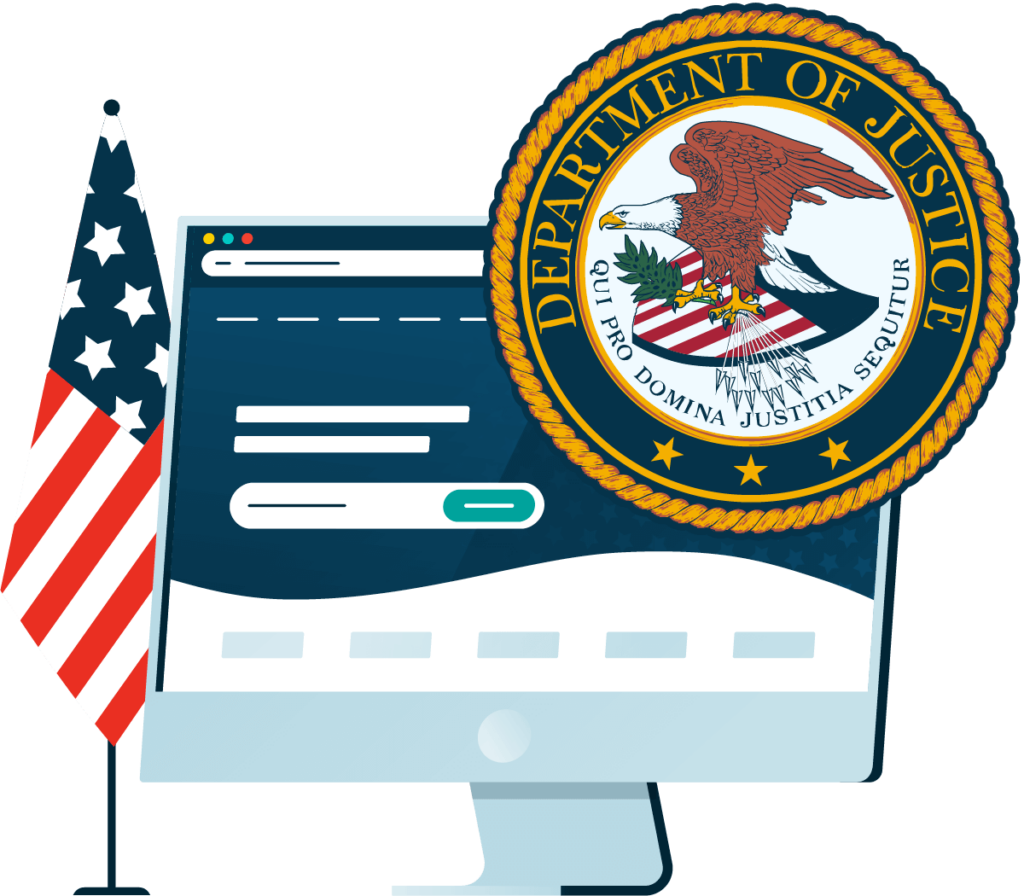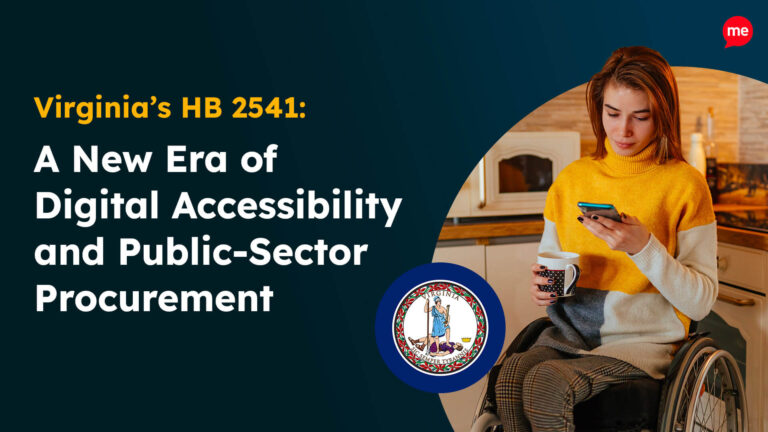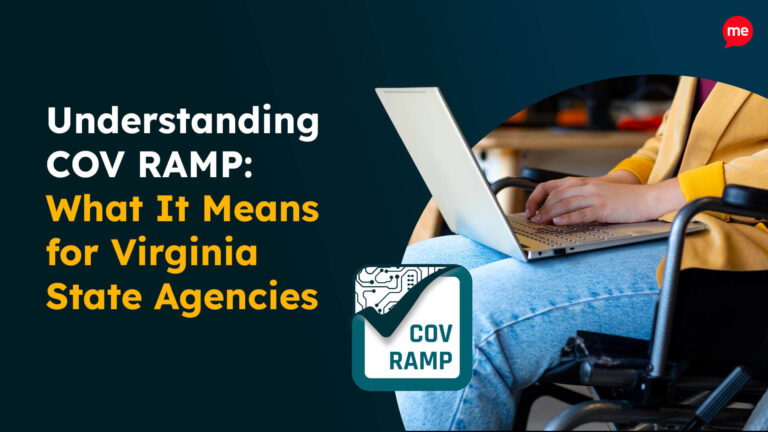Get A Free ADA Compliance Audit Of Your Website
Download NowThe Americans with Disabilities Act (ADA) and Section 504 are two important US accessibility laws that can impact how your business tackles digital inclusivity. If you’re seeking to improve website or app accessibility, then it is essential to understand the differences between these pieces of legislation.
Whilst their implications span far beyond the internet, both laws seek to ensure disabled individuals can access and engage with your company online. Not sure how your business is affected? Fortunately, the differences are relatively simple to understand. And, just as we’ve covered ADA Vs. Section 508 and WCAG Vs. ADA, we’ll take you through everything you need to know.
ADA Vs. Section 504: A Comparative Summary
There are several core differences between ADA and Section 504. We’ll explore these in detail later in the guide, but for a quick overview, check out the summary below:
| Feature | ADA | Section 504 |
| Authority | U.S. Congress | U.S. Congress |
| Legal status | U.S. Federal Law | U.S. Federal Law |
| Scope | Public and private sector | Federally-funded organizations |
| Applicability | U.S. (public and private companies) | U.S. (federally-funded organizations) |
| Enforcement | Department of Justice (DoJ) | Relevant federal agencies and the Department of Justice (DoJ) |
| Compliance level | Titles I, II, III | Specific legislation guidelines |
| Web compliance | WCAG 2.1 Level AA (not mandatory) | WCAG 2.1 Level AA (mandatory) |
What is the Americans With Disabilities Act (ADA)
First established back in 1990, the Americans with Disabilities Act (ADA) is a monumental piece of civil rights legislation. It seeks to protect disabled Americans from discrimination in their daily lives.
Together, these titles work to ensure disabled people in the US are provided with equal opportunities to those without disabilities. In terms of web accessibility, Titles I, II, and III are relevant. For example, Title I requires accessible hiring and employment practices, including accessible websites and digital hiring processes.
Get a free automated ADA compliance audit of your website. This audit will highlight compliance violations and provide the recommendations needed to meet ADA compliance standards.
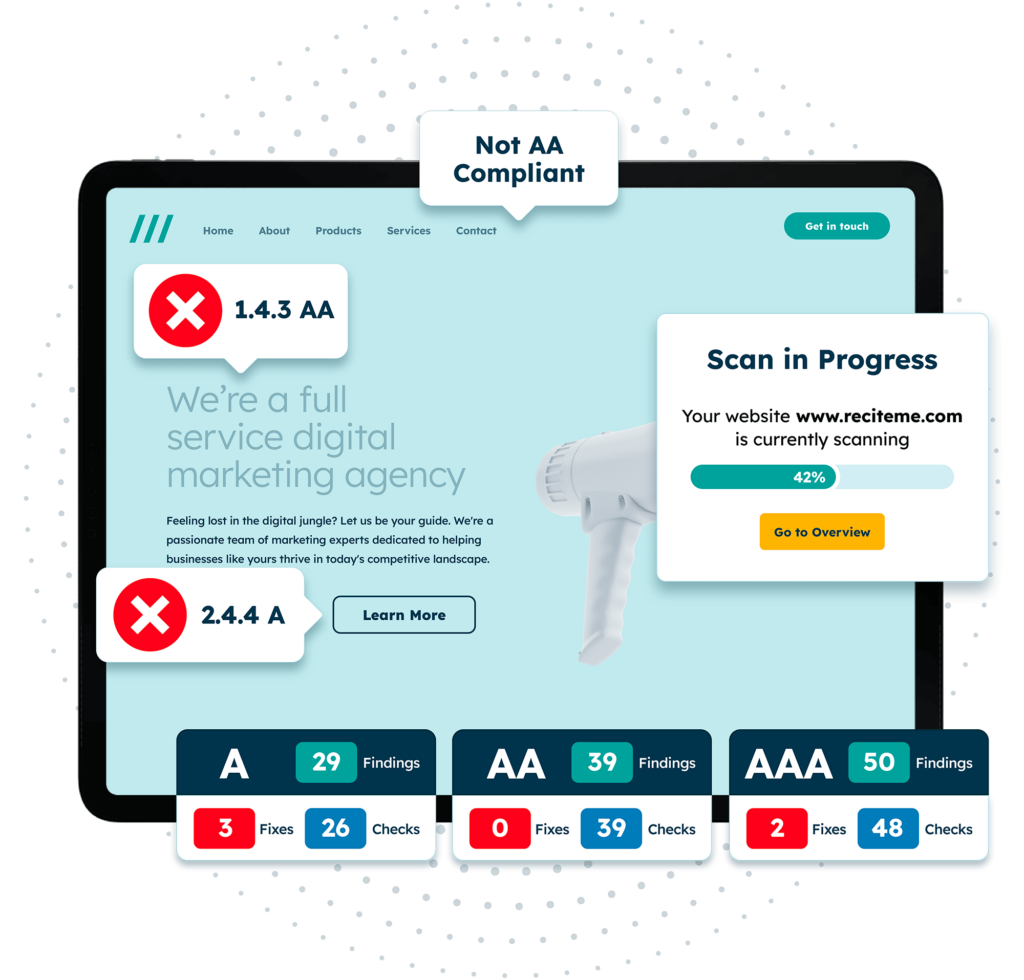
What is Section 504 of the Rehabilitation Act?
Like Section 508, Section 504 forms part of the Rehabilitation Act of 1973. It makes disability discrimination illegal in federally funded programs or activities. This includes public housing, transport, and schools, for example. Federally funded healthcare (i.e. through facilities that accept Medicaid) and social services are also covered. In many respects, Section 504 laid the groundwork for other disability laws, such as the later ADA.
What are the core differences between ADA and Section 504?
So, let’s take a closer look at the differences between ADA and Section 504. Whilst both aim to protect disabled Americans, they have several core differences to be aware of.

ADA Vs. Section 504: Authority & Legal Status
Both ADA and Section 504 are federal laws under the authority of the US Congress. However, Section 504 specifically applies to services and activities in receipt of federal funds, or conducted by federal agencies or the US Postal Service.
Meanwhile, ADA is a much broader piece of legislation. It covers all public services, including those with no federal funding, as well as many areas of the private sector.
ADA Vs. Section 504: Scope & Applicability
As mentioned above, there is a difference between the scope of these two disability laws. Section 504 has a more specific scope aimed at federally funded services, whilst ADA applies to the public and private sector more broadly.
However, there are also some similarities, as both laws can be applied to physical, digital, and systemic disability barriers. For example, both require applicable organizations to provide disabled access to their buildings, make their websites screen reader friendly, and develop inclusive hiring practices. In the case of ADA, only Titles I, II, and III are relevant for web accessibility, though.

ADA Vs. Section 504: Compliance
In terms of compliance, there are a number of accessibility practices that companies should put in place. These will typically include adjustments like:
- Physical adjustments, such as accessible bathrooms, wheelchair ramps, automatic doors, etc.
- Communication accommodations, such as braille or easy read versions of documentation.
- Systemic changes, such as inclusive hiring practices and accessibility training for staff.
For digital accessibility, the Web Content Accessibility Guidelines are used as a key framework. These globally-recognized standards ensure that your website and/or mobile app can be used by people with disabilities.
Under Section 504, federally funded programs are legally required to conform to WCAG 2.1 Level AA, at a minimum. Whilst the ADA doesn’t specifically require compliance with WCAG, these guidelines are considered to be the gold-standard in web accessibility, and are often used to establish digital accessibility in legal cases. So, you should still aim to meet at least WCAG 2.1 Level AA.
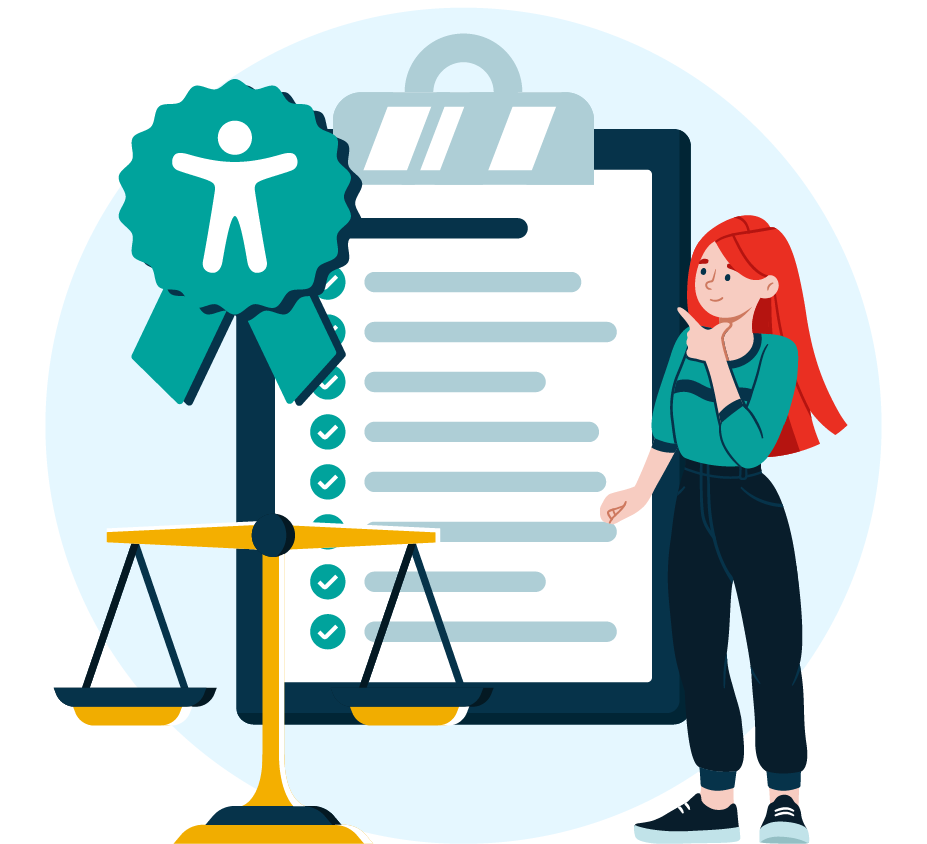
ADA Vs. Section 504: Enforcement
The ADA is enforced by the Department of Justice (DoJ). Additionally, you could be at risk of private ADA lawsuits if you do not meet the requirements. ADA fines can set you back $55,000 for your first violation, and $110,000 for each additional violation. In turn, your company could be liable for settlement costs, plaintiff attorney fees, and remediation costs, e.g., for court-mandated website accessibility remediation.
Meanwhile, Section 504 is enforced by the relevant federal agency that provided financial support to the offending service or program. The DoJ also coordinates the enforcement of Section 504.
Falling foul of Section 504 compliance can also have a major impact on your company. That includes potentially losing federal funding, facing investigations and lawsuits, and reputational damage.
How ADA and Section 504 work together to ensure digital accessibility
The ADA and Section 504 are complementary laws. They work together to protect disabled people from discrimination and ensure they can obtain an equal quality of life to their able-bodied peers. And that applies to the digital world too.
As it applies to both public and private sectors, the ADA is a broader law. Section 504 is specialized to organizations in receipt of financial assistance from financial agencies. Non-compliance with either of these laws can see relevant companies facing extensive lawsuits.
Whilst the ADA does not make WCAG standards a legal requirement, Section 504 does. So, this law adds an extra layer of protection against non-compliance from federally funded entities. However, regardless of your company type, you should always aim for WCAG 2.1 Level AA, at a minimum.
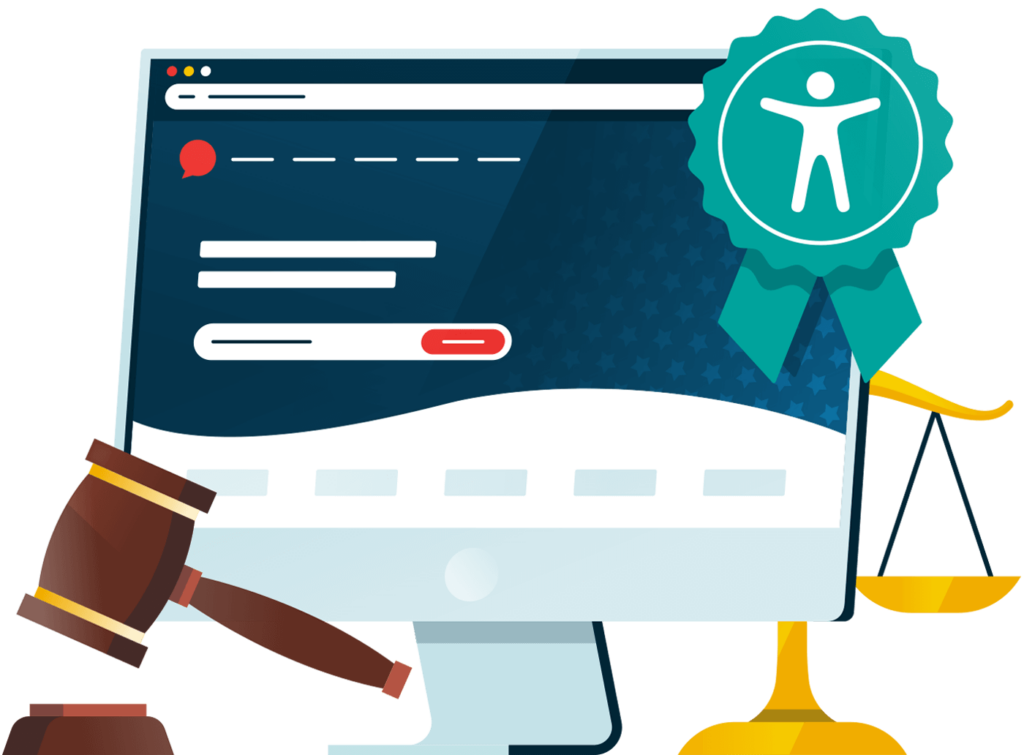
How to achieve compliance with the ADA and Section 504
Web accessibility is a core component to both the ADA and Section 504. Although WCAG can provide a set of guidelines, searching for non-compliance issues on your website can be confusing and time-consuming.
Fortunately, there are several steps you can take to simplify the process, and Recite Me offers several digital accessibility tools to help.
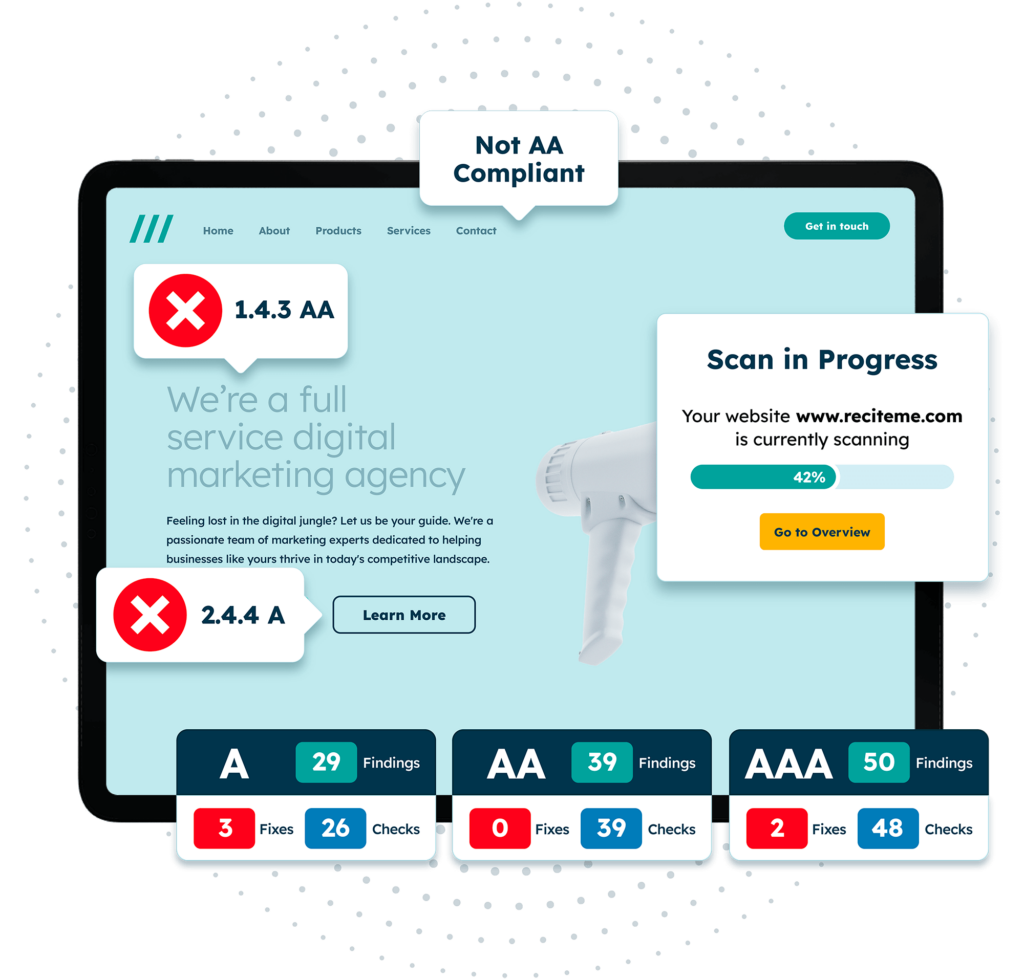
Run an accessibility audit of your website
Automated accessibility tools like the Recite Me accessibility checker runs WCAG compliance scans of your website. It analyses your webpages, as well as other website content, including images and PDFs. Once the scan is complete you will receive highlights and a prioritized fix queue, so you know which steps to take first. There are also AI-powered quick-fixes for common compliance problems, including alt-text.
Fix the accessibility issues raised in your audit
So, what should you do once the audit is complete? How you fix the accessibility issues raised in the audit will vary, but your first step should be to prioritize. Start with the issues that have the biggest impact. These are sometimes quite simple problems that can easily be fixed, such as poor color contrast.
For more complex issues involving code, your development team can take charge. Our Accessibility Checker also includes AI-suggested code fixes to help them save time.

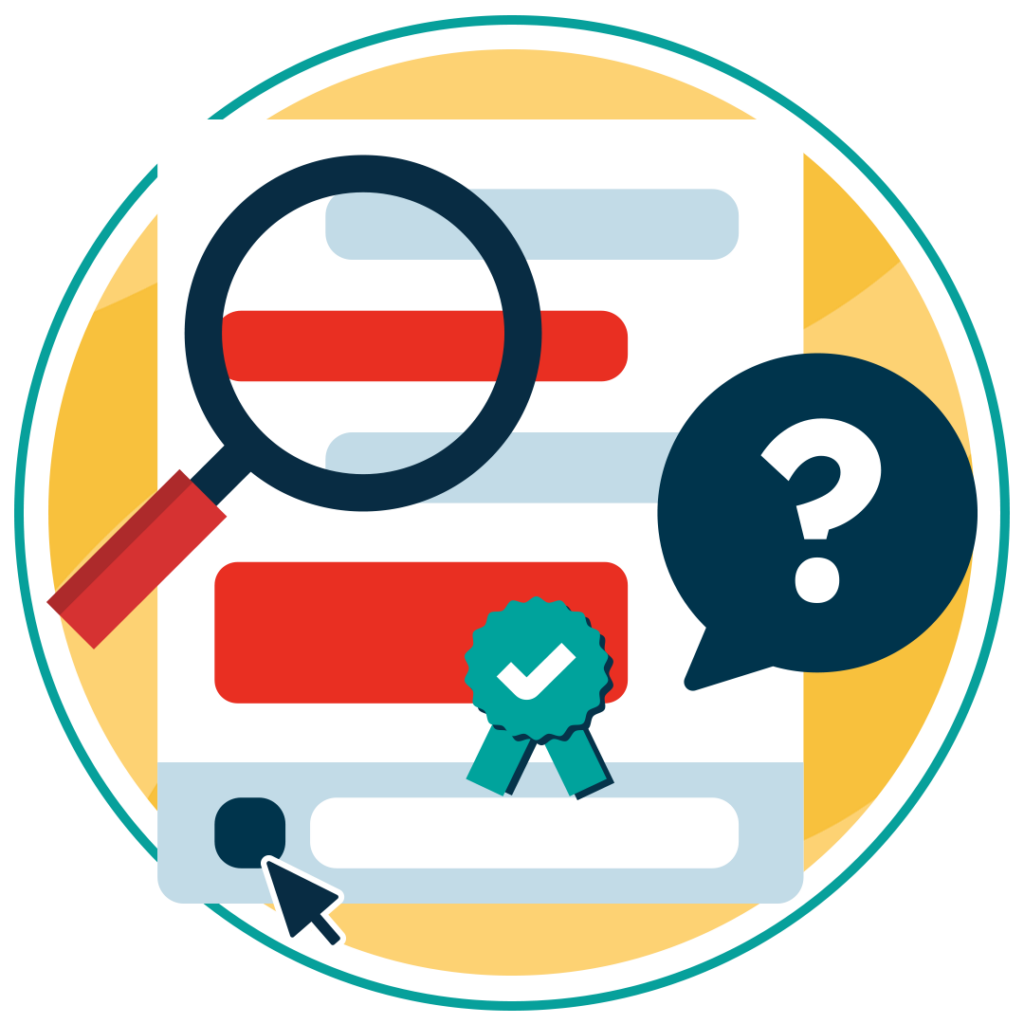
Schedule regular audits to maintain ADA and Section 504 compliance
Achieving ADA and Section 504 compliance is a continuous process. Conducting a single accessibility audit will help you to identify immediate violations, but what about changes to your website?
New webpages, media files, or website updates could affect your website’s compliance. On top of that, accessibility guidelines and legislation can receive updates, and new accessibility tech can establish new demands on your digital content. So, you need to conduct audits regularly – at least every quarter.
Provide accessibility training to key contributors
Improving your digital compliance in the long-term requires a full understanding of web accessibility legislation and practice. Even if you have a strong awareness, what about your wider team? Think about how many team members work to create your digital content. That could include web developers, UX designers, copywriters, social media creators, etc.
Our free web accessibility training ensures your company has a clear grasp of relevant laws and regulations, WCAG standards, assistive technology, accessible communications, and more. Training your team keeps future content in line with accessibility standards, reducing the chance of costly errors.
Want to make sure your website is compliant with the Americans with Disabilities Act? Then unlock the ADA compliance checklist now. Discover actionable steps to ensure ADA compliance, helping you avoid lawsuits and any other negative consequences of non-compliance.
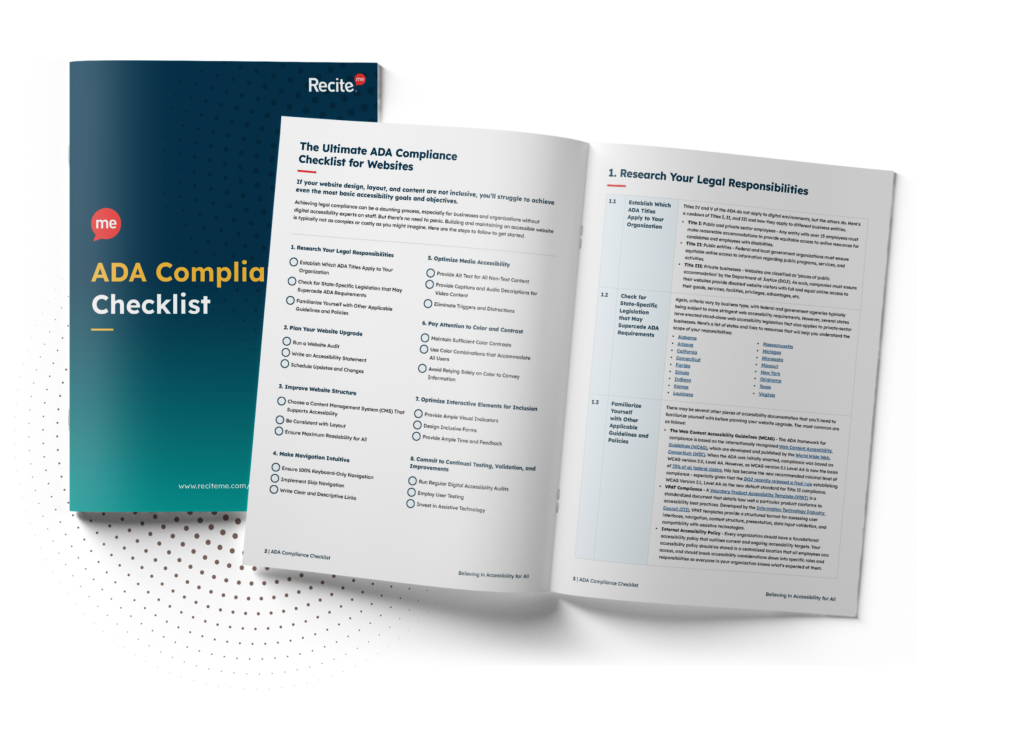
Get ADA and Section 504 compliant today!
It’s not really a case of ADA Vs. Section 504. These two pieces of legislation compliment one another, but focus on different organization types. Accessibility compliance isn’t something your company can ignore.
Not sure how to make the first step? Start with a free web accessibility scan to determine where your website stands on digital inclusivity. Alternatively, speak with our specialist web accessibility experts for a tailored solution for your business.
ADA Vs. Section 504 FAQs
Looking for a recap or quick summary? Here are a few of our most frequently asked questions to help you get to grips with the essentials:
What is the most important similarity between Section 504 and ADA?
The most important similarity between Section 504 and ADA is that they both provide legal protections for disabled people in the US They both require companies to take steps to prevent physical, digital, and systemic forms of disability discrimination in their organization.
Is ADA the same as 504?
No, the Americans with Disabilities Act (ADA) is not the same as Section 504. They are both pieces of US disability rights legislation, and they cover similar issues. However, Section 504 only applies to organizations receiving federal funding, whilst ADA applies to public and private sectors.
Is WCAG 2.2 a legal requirement in ADA or Section 504?
No, WCAG 2.2 is not explicitly required by the ADA or Section 504. Typically WCAG 2.1 Level AA is the main standard referenced in lawsuits, and is the predominant compliance level. However, accommodating the latest standards, such as WCAG 2.2, can help to avoid legal risks.
What does the ADA say about web accessibility?
The ADA does not specifically address web accessibility, but further guidance on the importance of web accessibility has been provided on the ADA website. Ultimately, ADA web accessibility requires websites to be made accessible for disabled individuals, such as by facilitating keyboard-only navigation and adding descriptive alt-text to images.

